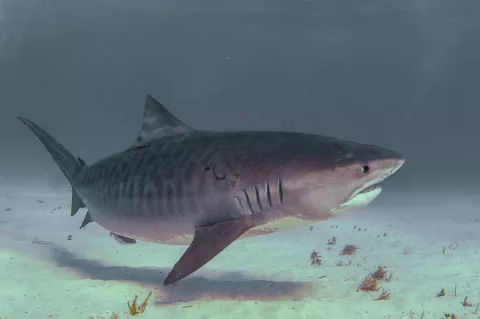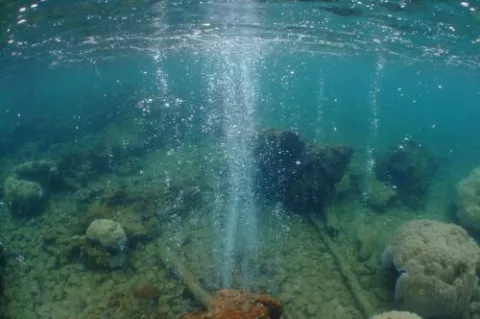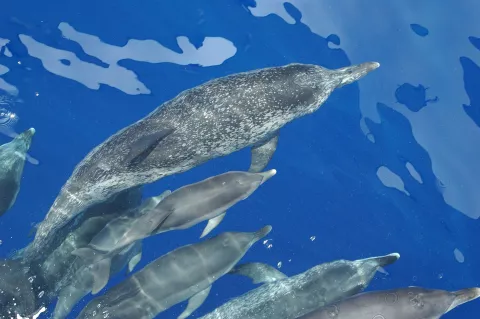Tiger sharks hunt like yo-yos
A joint research effort between the University of Hawaii at Mānoa's Hawai'i Institute of Marine Biology(HIMB), University of Tokyo, the Japanese National Institute of Polar Research and the University of Florida has shed new light on the hunting behavior of tiger sharks.
Cosmopolitan predators with large home ranges, tiger sharks consume a wide variety of prey, often moving hundreds of kilometers between oceanic islands and far out into open ocean to fill their resource needs.
- Read more about Tiger sharks hunt like yo-yos
- Log in to post comments






